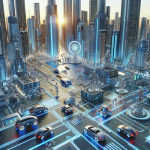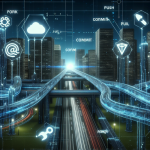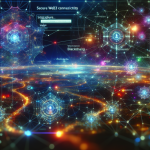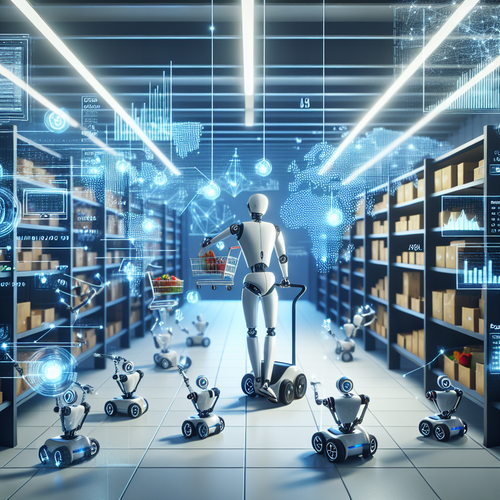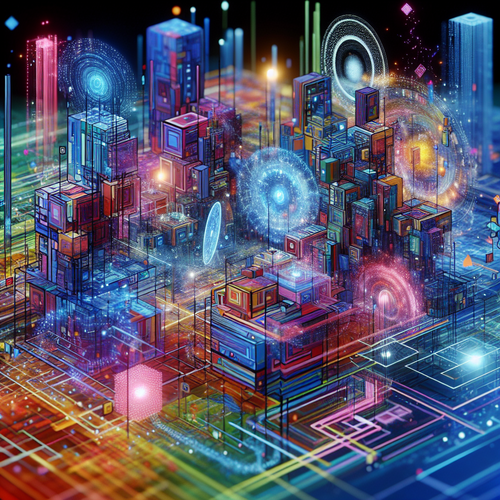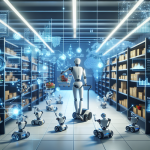
Building Autonomous Systems with Reinforcement Learning
Building Autonomous Systems with Reinforcement Learning
Reinforcement Learning (RL) is a pivotal aspect of artificial intelligence that empowers systems to learn and adapt through interaction and feedback. Its application spans across robotics, finance, healthcare, and more, forming a cornerstone for developing fully autonomous systems.
Prerequisites
- Understanding of basic machine learning concepts
- Familiarity with Python programming
- Basic knowledge of neural networks
Why Reinforcement Learning?
Unlike supervised learning, where models learn from labeled data, RL agents learn by making decisions and receiving feedback from the environment. This trial-and-error method is akin to natural learning processes, making it ideal for complex, decision-based tasks such as navigating vehicles or predicting stock trends.
Getting Started with Reinforcement Learning
1. Understand the Environment
The first step in RL involves defining the environment. This includes states, actions, and rewards that form the framework within which the agent operates. Tools like OpenAI’s Gym (Official site) provide environments to simulate different scenarios.
2. Develop the Agent
Next, develop an agent that can interact with the environment. This involves creating policies that dictate the agent’s action at each state. Various algorithms, such as Q-learning and deep Q-networks (DQN), assist in forming these policies effectively.
3. Implement Feedback Loops
A crucial part of RL is the feedback loop, which comes from the rewards system of the environment. The agent adjusts its actions based on this feedback to maximize cumulative rewards.
4. Test and Optimize
After implementing an RL model, rigorous testing across multiple scenarios ensures robustness and efficiency. Techniques like hyperparameter tuning and model optimization are essential to enhancing performance.
Troubleshooting Common Issues
- Convergence Problems: Adjust learning rates and ensure that the reward system is well-defined to prevent non-convergence.
- Computational Demand: Utilize cloud platforms or GPUs to handle heavy computations, reducing the risk of data bottlenecks.
Conclusion
Reinforcement Learning offers immense potential in automating systems across various domains. By iteratively learning through interaction, RL models can adapt to new data and circumstances, revolutionizing automation.
For a detailed guide on developing AI-driven systems, consider exploring our recent post on AI-Powered Design Engines.
Checklist for Developing RL Systems
- Define the environment and rewards
- Choose and implement RL algorithms
- Test and refine the agent’s policies
- Optimize with real-world feedback

